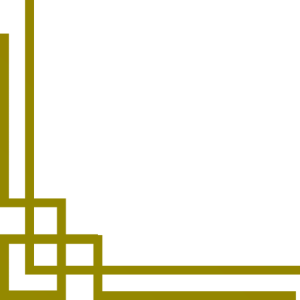The Engchoon Kuala Lumpur History Gallery



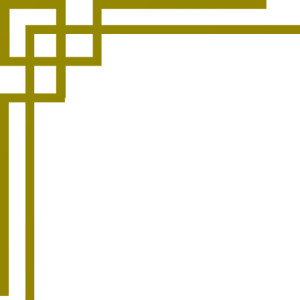
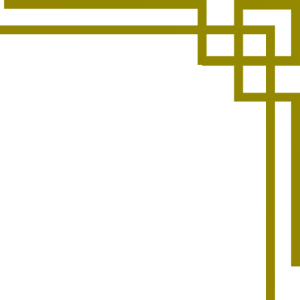
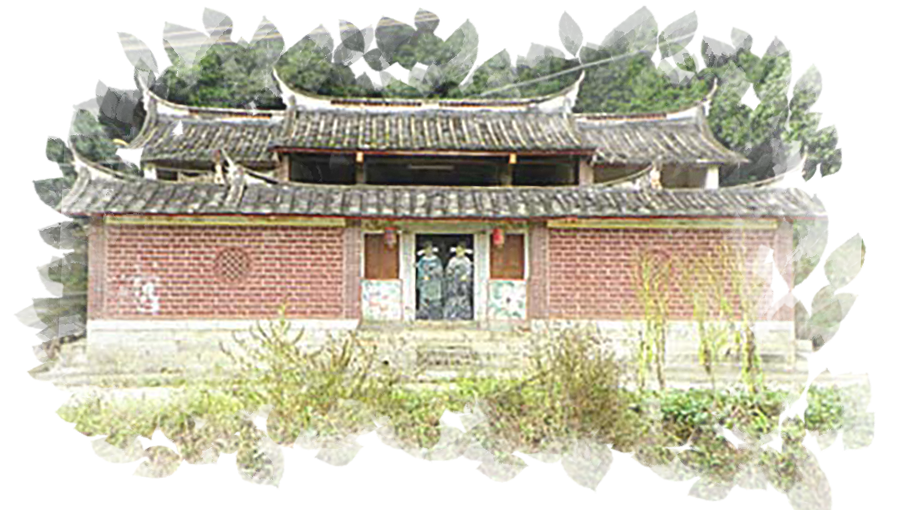
Ancestral Origins of Engchoon People
in Kuala Lumpur
From the membership records of the Engchoon Association in Kuala Lumpur, it was discovered that the leaders of the Engchoon community, who achieved commercial success in Kuala Lumpur in the early 20th century, mostly came from the interconnected towns of Taicheng, Shigu, Wulijie, Hushan, and Dongguan. Before Malaya’s independence, the number of people migrating to Kuala Lumpur from these towns was relatively higher compared to other regions. Among the leaders who initiated the establishment of the Kuala Lumpur Engchoon Association in 1924, exist the relationship of being coming from the same hometown.
Statistical data from the membership records of the Kuala Lumpur Engchoon Association show that during the period from 1950 to 1975, the ancestral origins of the members mainly distributed in the towns around the Engchoon County, specifically Shigu, Taicheng, Hushan, Dongping, and Wulijie. Of the total 878 members at that time, 633 were from these places, accounting for 72.09% of the total membership.
In addition to the agglomeration characteristic of the Engchoon people in Kuala Lumpur based on their native geographical connections, Engchoon people in other regions also exhibited a similar phenomenon of clustering based on hometown ties. From 1881 to 1970, a total of 24 Engchoon Associations were established nationwide, and the membership structures of these associations also revealed underlying connections to their native towns, villages, and clans.
The Impact of Kinship Community Construction
Kinship ties, in addition to ancestral geographical ties, are another significant factor contributing to the clustering of Engchoon people after migrating to Southeast Asia. Before leaving China, farmers in southern China were born and raised in clan societies where their ancestors had lived and farmed for generations. A “clan organization” is defined as a group connected by kinship, formed by descendants of a common ancestor. A clan can also consist of more than two individuals with the same surname but no blood relationship, who, due to living in the same area, form a clan based on mutual benefits and survival needs. For people born in clan villages, the clan society pre-existed their birth, and the individuals they usually interacted with were members of the same clan. The vast majority of the residents in these villages were “insiders” bound by blood ties. Therefore, when local security deteriorated in the early years of the Republic of China, the people of Engchoon naturally relied on their kinship ties when migrating overseas.
In the early years of the Republic of China, transportation in rural southern China was still underdeveloped. Rural residents could only travel to places within walking distance, and their living circles were limited to specific areas. Even marriage partners could only come from neighboring villages with different surnames. These social factors were one of the reasons for family clan migration. When a specific area gathered a group of people with common ties, when there are survival needs, or when their economic conditions reached a certain level, they would inevitably develop clan associations. Consequently, many Chinese dialect associations, geographical associations, and kinship associations emerged in Malaysia.
After Malaya’s independence, numerous family clan associations of Engchoon, Anxi, and southern Chinese origins were established. These community organizations, extending from their Chinese ancestral clans, were built on the foundation of descendants of common ancestors with clearly identifiable family genealogies. According to the statistical data and classification of the membership records of the Kuala Lumpur Engchoon Association, out of 878 members from 1950 to 1975, 606 could trace their clan affiliation back to their ancestral hometowns. These Engchoon people mainly came from the clans in the towns of Taicheng, Shigu, Wulijie, Dongguan, and Hushan.
Among the initiators of the Kuala Lumpur Engchoon Association, the majority were from the clans of Taicheng, Hushan, and Shigu. Chen Riqiang, Chen Yunzhen, Chen Xiuqi, Chen Xiuze, Chen Rengyin, and Chen Rengjian from the town of Taicheng, were members of Taicheng Fengshan Village Chen Clan Chen Riqiang’s given name was “Rendiao,” and he was of the same generation as Chen Rengyin and Chen Rengjian. The generation name “Reng” was followed by “Xiu,” which meant that Chen Xiuqi and Chen Xiuze were of a younger generation compared to Chen Riqiang, Chen Rengyin, and others.
The Chen Clan Ancestral Hall located in Fengshan Village, Taicheng Town, Engchoon.
Source: Minnan Folk and Scenery Customs http://lv.bf.blog.163.com/blog

The Chen clan from Hushan, known as the “Southern Chen,” has their ancestral hall named the Nanshan Chen Clan Ancestral Hall, located in Pushang. The plaque above the entrance reads “Nanshan Chen Clan Ancestral Hall,” and the door lintel is inscribed with “Yingchuan Yanpai.”
Source: Minnan Folk and Scenery Customs http://lv.bf.blog.163.com/blog
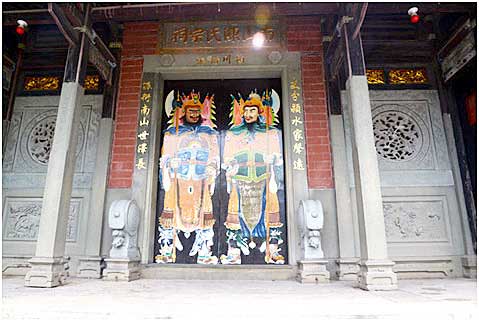
Between 1950 and 1975, the members of the Kuala Lumpur Engchoon Association mainly came from 41 clans. Among these, eight clans had a larger number of members. The most representative were the Huang Dengjin clan from Qingyuan in Shigu Town (103 members) and the Chen clan from Hushan (79 members). Additionally, some clans, although spread across different towns, belonged to the same larger clan. For example, the Li clan from Bili in Dongguan and the Li clan from Taiping in Dongping were part of the same clan. Similarly, the Yan clan from Taichang in Shigu, the Yan clan from Sheshan in Shigu, and the Yan clan from Shangchang in Shigu were of the same clan. The Lin clan from Yangxian Village in Wulijie and the Lin clan from Meishan in Penghu belonged to the same clan.
Before World War II, clan associations were important protectors for Chinese immigrants newly arriving in Malaya. Especially in the segmented society of Kuala Lumpur, where the Hakka and Cantonese groups were powerful, other immigrants needed the support of their hometown associations to establish a foothold. Beyond the geographical ties of their hometowns, kinship ties within clans were crucial. Initially, the Engchoon people in Kuala Lumpur and Selangor formed the Engchoon Association based on geographical connections, as their clan populations had not yet reached a significant scale. Over time, as more clan members arrived to the Southeast Asia, they established various clan associations, including the Qingyuan Huang Dengjin Clan Association, Pengxiang Zheng Clan Association, Engchoon Taichang Lin Clan Association, Engchoon Meishan Lin Clan Association, Hongbang Chen Clan Association, Xiaogu Nanshan Chen Clan Association, Dongguan Weigong Chen Clan Association, and the Zhaoyonggong Li Clan Association. From a cultural perspective, this exemplifies how Chinese immigrants used traditional Chinese cultural resources to build communities overseas.
The Lin Clan Ancestral Hall in Meishan, Penghu, is quite large, with a spacious inner courtyard and outer square. At the entrance stands a stone tablet inscribed with the words: “Nine Generations of Glory – Meishan Lin Clan Ancestral Hall.”
Source: Minnan Folk and Scenery Customs http://lv.bf.blog.163.com/blog

The “Li Clan Ancestral Temple” in Waibi is located on a small street in Dongguan Waibi. It has a courtyard in front, with the main entrance on the east side of the courtyard. The plaque above the door is inscribed with “Li Clan Ancestral Temple.”
Source: Minnan Folk and Scenery Customs http://lv.bf.blog.163.com/blog

